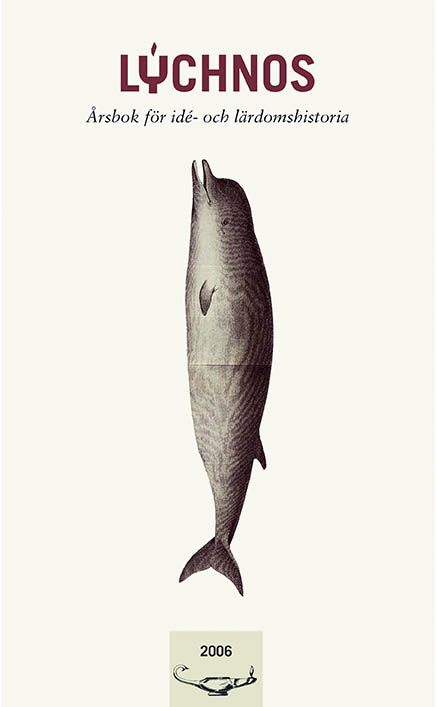International reorganisation and traffic in women
Venues of vulnerability and resistance
Abstract
This article fills a gap in the histories describing the struggle to end trafficking and prostitution. The two main focal points of previous research are most often the movements against state regulated prostitution dated to the late 19th century and the fight against so called "white slavery", on the one hand, and on the other hand, the modern traffic and prostitution that emerged due to the concentration of large troops of armed forces during the Vietnam War in the 1960s. The period in between is seldom recognised as a time of great women's/feminist activity on the issue of prostitution and traffic in women.
The aim of the article is to show how the transition of the issue of prostitution developed from being mainly of national (even nationalistic) interest, to becoming a matter of international concern. The first section maps the abolitionist movement and the abandoning of the term "white slave" in favour of "traffic in women" at the turn of the 20th century. This shift in terminology opened for an internationalisation of the fight against trafficking, which is dealt with in the second section. Section three introdu- ces the work of the League of Nations on the matter of traffic and investigates the explanatory frame given in the League reports. Lastly, the fourth section gives an example of how international political upheaval could render women vulnerable to trafficking at a specific historical moment.
Downloads
Publicerad
Nummer
Sektion
Licens
This work is licensed under a Creative Commons Attribution 4.0 International License. The copyright for the work published in Lychnos remains with the authors.


